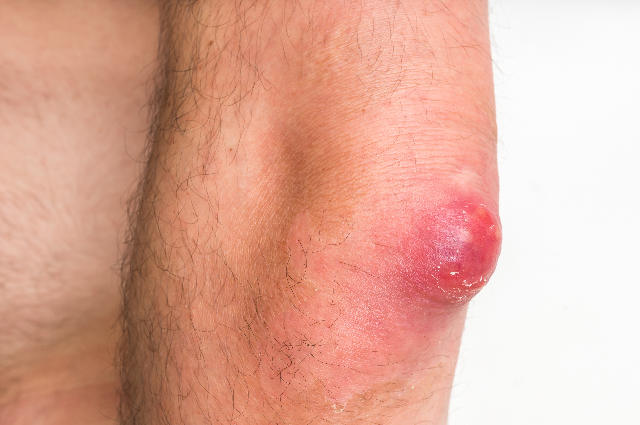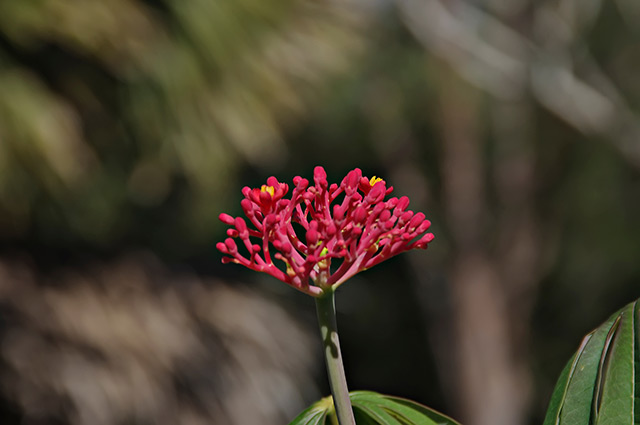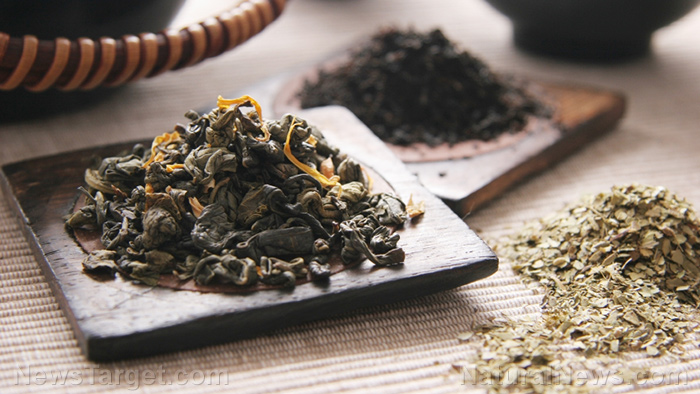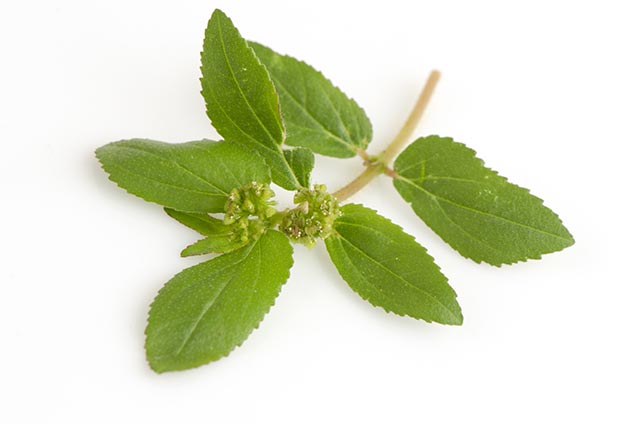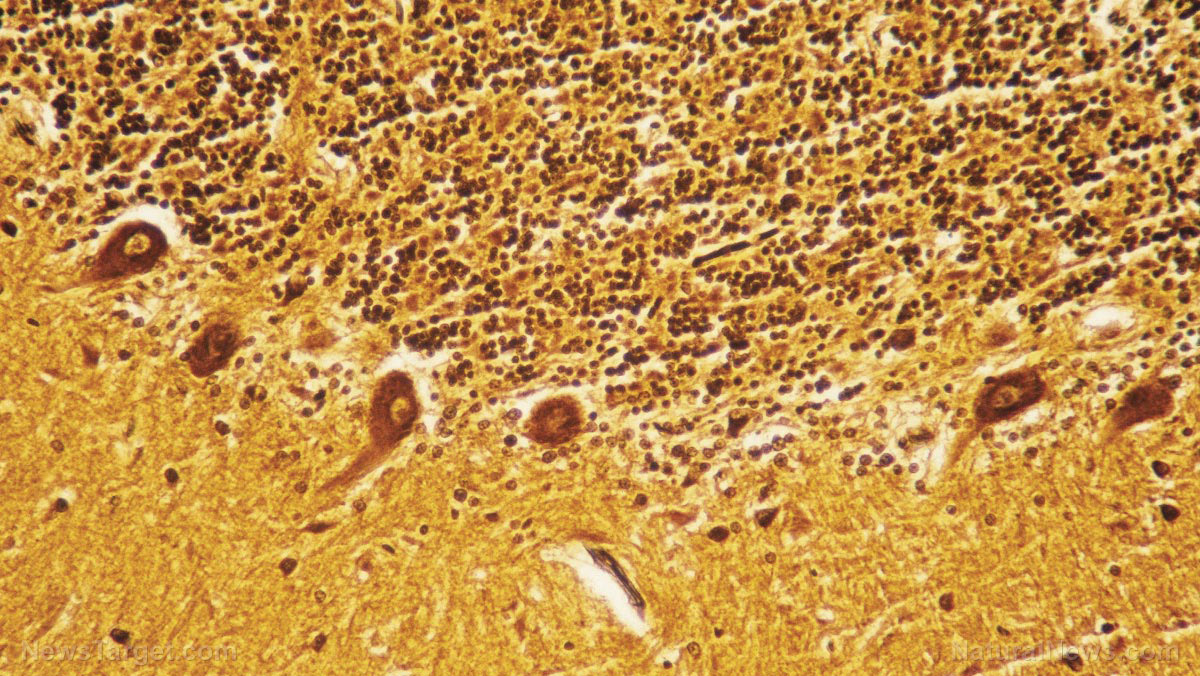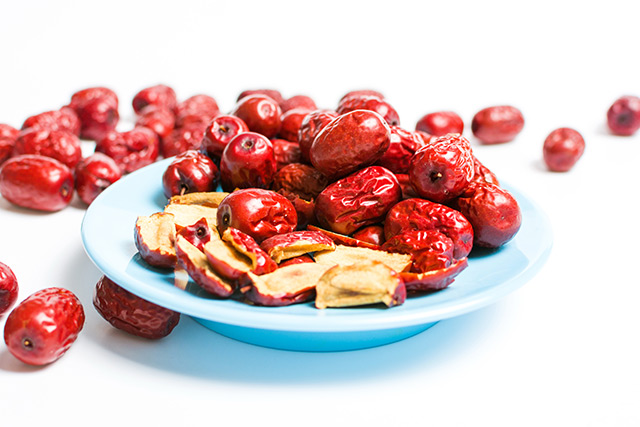Powerful anti-HIV medicine discovered in Asian herb that might out-perform all synthetic drugs
07/31/2017 / By Russel Davis

An evergreen plant that grows abundantly throughout Southeast Asia contains a powerful compound that outperforms a clinically-used drug against human immunodeficiency virus (HIV), a study in the Journal of Natural Compounds revealed. The plant, known as willow-leaved justicia, is native to China and is found to grow extensively in India, Sri Lanka, and Malaysia.
Researchers said a newly-identified chemical called patentiflorin A, extracted from different parts of the plant, was more effective in inhibiting an HIV enzyme compared with the commercial drug azidothymidine (AZT). The drug was introduced and approved in 1987 and works by mitigating the reverse transcriptase (RT) enzyme, a harmful compound needed by HIV in order to incorporate its genetic code into a cell’s DNA. AZT remains to be a key component for various anti-retroviral drugs that help slow down the progression of the disease.
To carry out the multi-year research, a team of health experts from the University of Illinois at Chicago, Hong Kong Baptist University, and the Vietnam Academy of Science and Technology collected samples of the plant’s leaves, stems, and roots. The research team then analyzed the extracts along with thousands of other plant extracts to determine new drugs for various diseases including HIV. The results showed that the plant’s patentiflorin A compound was superior than AZT in inhibiting the RT enzyme.
“Patentiflorin A was able to inhibit the action of reverse transcriptase much more effectively than AZT, and was able to do this both in the earliest stages of HIV infection when the virus enters macrophage cells, and alter infection when it is present in T cells of the immune system. If we can make the drug in the lab, we don’t need to establish farms to grow and harvest the plant, which requires significant financial investment, not to mention it has an environmental impact. Patentiflorin A represents a novel anti-HIV agent that can be added to the current anti-HIV drug cocktail regimens to increase suppression of the virus and prevention of AIDS,” lead co-author Lijun Rong said in an article on the Medical News Today website.
Another plant also shows greater potency than HIV drugs
The study on willow-leaved justicia was only the most recent one in a vast number of research that have identified countless natural compounds that fend off HIV. For instance, a study published in 2008 revealed that a traditional Chinese herbal medicine called astragalus showed potential in treating the virus. As part of research, a team of health experts from the University of California Los Angeles examined the herbal medicine and found that it prevented the progressive shortening of telomeres.
“The problem is that when we’re dealing with a virus that can’t be totally eliminated from the body, such as HIV, the T-cells fighting that virus can’t keep their telomerase turned on forever. They turn off, and telomeres get shorter and they enter this stage of replicative senescence…This has the potential to be either added to or possibly even replace the HAART (highly active antiretroviral therapy), which is not tolerated well by some patients and is also costly,” said co-author Rita Effros, a professor of pathology and laboratory medicine at the David Geffen School of Medicine at UCLA and member of the UCLA AIDS Institute.
Sources include:
Tagged Under: AIDs, chinese herb, herbal medicine, Herbs, HIV, HIV treatment, infectious disease, justicia, natural cures, traditional Chinese medicine, traditional medicine





